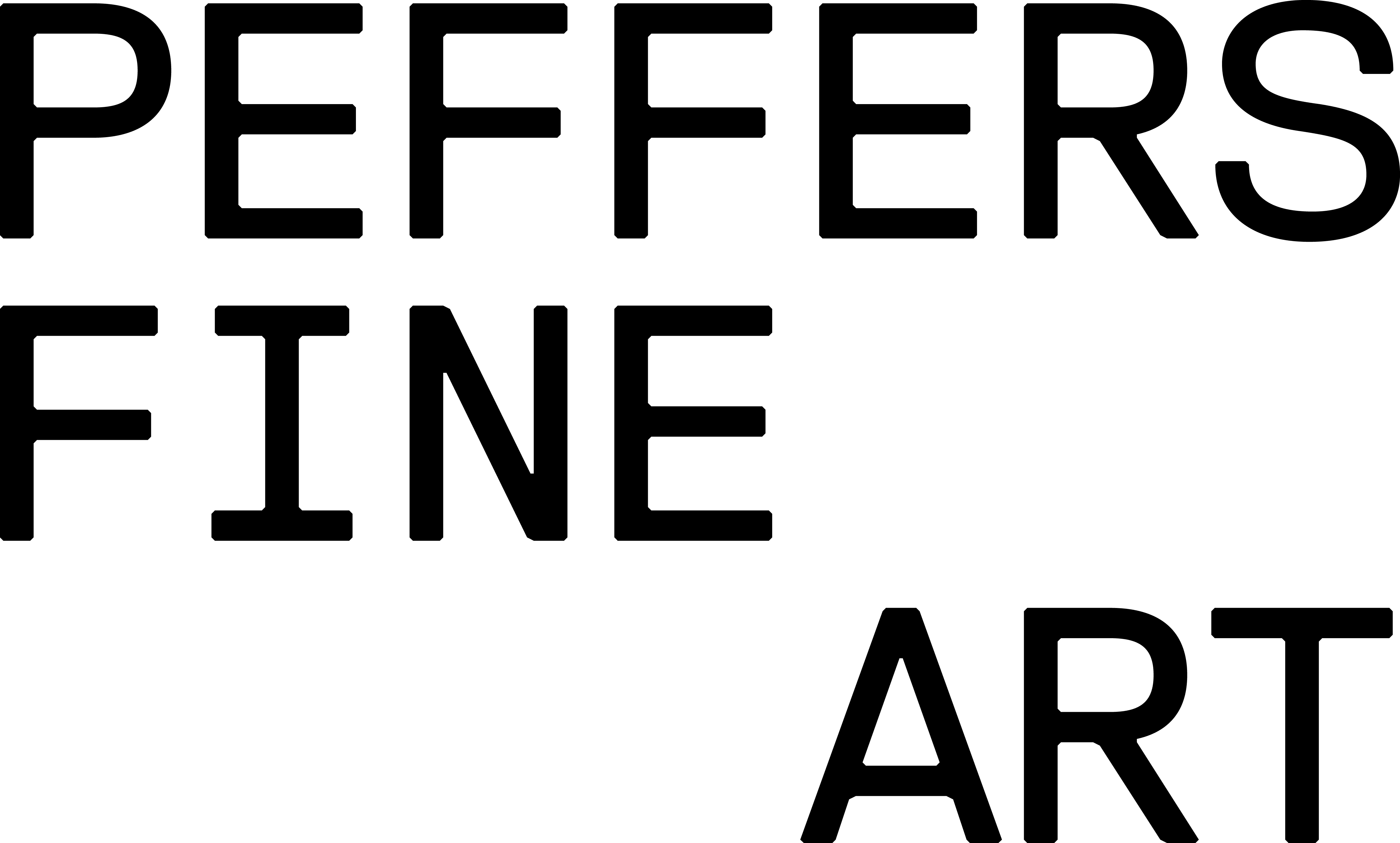Paul Weinberg: Thirty Years of Democracy: The 1994 Elections Portfolio
Forthcoming exhibition
-
 Nelson Mandela votes for the first time in his life, Ohlange High School, KwaZulu-Natal, 1994, 2024
Nelson Mandela votes for the first time in his life, Ohlange High School, KwaZulu-Natal, 1994, 2024 -
The first free multi-racial election in South Africa in 1994 was a miracle. The country had, for five years, teetered on the brink of civil war. Car bombs, massacres, and political assassinations were an almost monthly occurrence. Racial violence was further exacerbated by black-on-black violence, which was matched with an upsurge of white-on-white clashes. However, this near-full-scale civil war was miraculously forgotten as a non-violent election, with its iconic voting queues, was broadcast to the world.
Of course, everybody remembers the towering figure of Mandela. But what might be forgotten is that one organisation was tasked with bringing the election together: the Independent Election Commission (IEC). The IEC was, in many ways, the first vision of what a multi-racial future might look like. Paul Weinberg, the official photographer of the IEC, remembers, the IEC was a strange collection of Afrikaners (loyal to the National Party), young black radicals, and the human rights activists of the UDF, ‘all working together, shoulder to shoulder, to make the elections happen.’
At the centre of the collection is the official photograph of Nelson Mandela voting for the first time at the Ohlange School in Kwa-Zulu Natal. The fact that Mandela chose Ohlange to cast his first ever vote is a moment of great significance, for more than just the obvious reasons. The fact that Jacob Zuma can be seen standing at his shoulder is very much part of that history.
Ohlange was a school built in the Inanda/Pheonix area by the first president of the ANC, John Dube. Not only was it one of the first black owned and built schools in South Africa, it was a mere stone’s throw away from Mahatma Gandhi’s Phoenix ashram.
But Mandela’s joy at voting, with the presence of the spirits of Dube and Gandhi, was not simply a nod to those other men of peace and enlightenment. It was also an acknowledgement of the tinder box that was KwaZulu-Natal. It was an admission that the stability and unity of South Africa depend on peace prevailing in that province. -
 IFP supporters march through Johannesburg in the run up to the historic elections that brought democracy, 1994, 2024
IFP supporters march through Johannesburg in the run up to the historic elections that brought democracy, 1994, 2024 -
 Judge Johann Kriegler, head of the independent electoral commission, visits President Mangope then premier of Bophutatswana, to inform him the homeland will be terminated at the end of the elections, Mafikeng, 1994, 2024
Judge Johann Kriegler, head of the independent electoral commission, visits President Mangope then premier of Bophutatswana, to inform him the homeland will be terminated at the end of the elections, Mafikeng, 1994, 2024 -
'This vivid portfolio provides a unique insider’s insight into how the elections unfolded, and reminds us of the idealism and commitment of the heady days of 1994.'
– Judge Johann Kriegler (Chairperson of the 1994 Independent Electoral Commission)
-
Bophuthatswana had been the site of a televised massacre of white AWB terrorists who entered Bophuthatswana in order to support Mangope’s fight to remain independent. Kriegler’s task, as head of the IEC, was to inform Mangope that his own apartheid-backed fiefdom was over. The image captures the moment that Mangope, who sits beside Kriegler head hands, realises that his rule is effectively over.
But it was not simply the likes of the IFP, Mangope, and the AWB that threatened to destabilise the election. Many who had been life-long supporters of the National Party now came out of the wood work to defame their leaders.
Weinberg captured this with his image of a white woman standing defiantly at an oil drum, an effigy of FW de Klerk, and an ANC flag burning within. A group of apartheid-era thugs stand in unison around a bonfire of their nemeses.
Another image catches that strangest of strange moments, FW de Klerk canvassing for votes in Soweto. To add to the incongruity of the event, the hand of a Soweto resident rises behind him, signalling V for victory. Whose victory, however, remains unclear.
But not all whites had stood for apartheid. Helen Suzman had, in many ways, been the lone voice against apartheid inside the white parliament. Weinberg captures her dedicated bravery, as a commissioner for the IEC, visiting the violence-torn Katlehong.
-
'My prevailing sentiment was one of gratitude to the political leadership for their steadfastness, to the people for their forbearance, and to everyone for making it work.'
– Judge Kriegler
-
-

Helen Suzman, human rights veteran and commissioner for the IEC, visits the violence-ridden Kathlegong in the run up to the historic elections, 1994, 2024
-

Voter education in the Richtersveld during the IEC's Operation Access campaign in the 1994 elections, Northern Cape, 1994, 2024
-

Voters lineup to vote in the historic elections that brought democracy to South Africa, 1994, 2024
-
-
-
-
Photographs















































